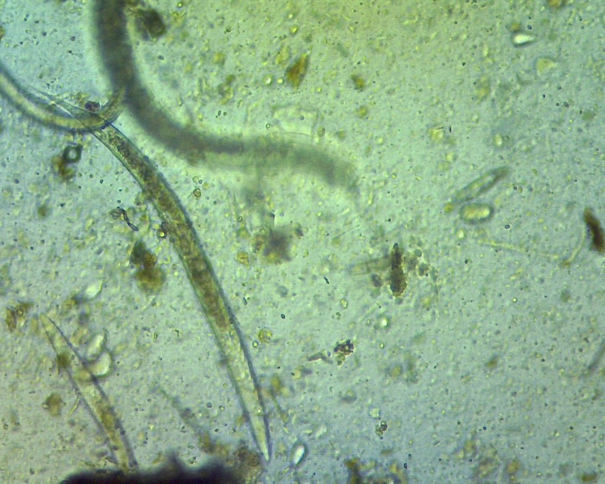

Greater Burdock
Arctium lappa
Greater Burdock is a biennial plant with crimson-violet flowers. The flower heads produce the famous ‘burrs’ that give Burdock its name.
The plant is typically found on waste ground in cities, towns and the countryside.
Greater Burdock has been used as medicine in China for more than 3000 years1. Its Latin name comes from the Greek word ‘arktos’, meaning ‘bear’, alluding to the roughness of its thistley burr.
In Old English, the name for Burdock was herrif, aireve, or airup, derived from the Anglo-Saxon ‘hoeg’, a hedge, and ‘reafe’, a robber.
The plant is typically found on waste ground in cities, towns and the countryside.
Greater Burdock has been used as medicine in China for more than 3000 years1. Its Latin name comes from the Greek word ‘arktos’, meaning ‘bear’, alluding to the roughness of its thistley burr.
In Old English, the name for Burdock was herrif, aireve, or airup, derived from the Anglo-Saxon ‘hoeg’, a hedge, and ‘reafe’, a robber.
Traditional Uses
- Greater Burdock treats diseases of the respiratory tract2
- It is commonly used to treat skin diseases such as boils, rashes and other skin problems such as herpes, eczema, acne and impetigo2,3
- Burdock was also used to treat symptoms of gout2
Identification
- Greater Burdock contains tannins, inulin and mucilage. The last soothes and calms irritations to the skin due to its moisturising qualities
- Greater Burdock has anti-inflammatory properties1 (in vitro & in vivo evidence)
- The species also has anti-microbial and anit-viral properties1
- Burdock can be used as an anti-fungal 1
- The plant can also be used as a diuretic3, encouraging the production of urine which helps to get rid of waste material in the body
Uses
- A boiled-down concentrate of the root can be applied externally to treat wounds and eczema4
References
- In vitro evidence: evidence from studies using isolated components of living organisms such as cells or purified molecules
- In vivo evidence: evidence from studies with whole living organisms
- Clinical trial evidence: evidence from clinical trials conducted with humans
- Jones, P. Just weeds: history, myths, and uses. (Prentice Hall Press, 1991).
- Blumenthal, M., Ph.D, W. R. B. & Goldberg, A. The Complete German Commission E Monographs: Therapeutic Guide to Herbal Medicines. (Elsevier Health Sciences, 1999).
- Crellin, J. K. & Bass, A. L. T. Herbal Medicine Past and Present: A reference guide to medicinal plants. (Duke University Press, 1990).
- Chan, Y.-S. et al. A review of the pharmacological effects of Arctium lappa (burdock). Inflammopharmacology 19, 245–254 (2011).
- Plants for a future database: http://www.pfaf.org/
- Panda, H. Handbook On Medicinal Herbs With Uses. (National Institute Of Industrial Re, 2004)
- Barnes J., Anderson L.A., Phillipson J.D. Herbal Medicines.Third Edition. Pharmaceutical Press (an imprint of RPS Publishing): London, 2007; 102-104.
- Blaschek W., Hänsel R., Keller K., Reichling J., Rimpler H., Schneider G. (Hrsg.). Hagers Handbuch der Pharmaeutischen Praxis, Drogen A-K,Vol 5. 2thed.Springer: Berlin Heidelberg, 1998; 140-158.
- Final assessment report on Arctium lappa L., radix. European Medicines Agency 2011.